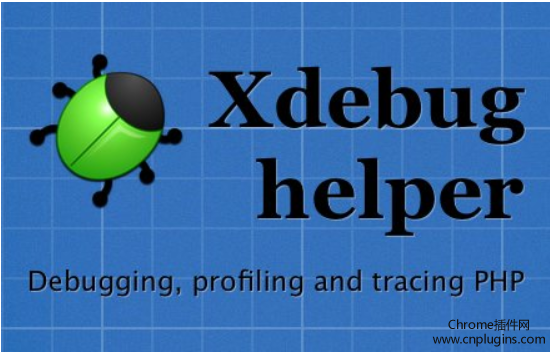

On a 64bit Centos 5.5 install, the php.ini needed to be manually updated. On a Debian system, the build process included adding an ini file in an include directory that php utilizes to configure its modules, and I did not need to make further adjustments - just restarted apache. Upon completion, you can check that everything has installed correctly. On a unix system that involves running pecl install.
Macgdbp tutorial install#
All the installation options are covered in the XDebug manual.įor most people, the easiest way to install XDebug is to use PEAR/PECL. The important thing to keep in mind is that XDebug is something you want installed on your development server, not on your production server! For that reason, I'm not going to cover compiling from source. Since XDebug needs to play within the ecosystem of PHP, there are a variety of different ways you can install it including compiling it from source. Thanks to its efforts to be a portable and extensible platform, PHP offers developers a wide array of platforms, installation methods, and configurations. In this tutorial I'll attempt to cover installation, and most of XDebug's standard features.Īnyone who spends any time doing PHP development soon finds that PHP is not a one size fits all world. Even if you can't immediately get XDebug to work as a debugger, it is still valuable as a stack trace tool, or as a color coded replacement for PHP's var_dump, or as a code coverage analysis tool, and most importantly as a profiler. This can put people off, since getting the debugger to work with your personal editor requires an understanding of networking, and can often be confusing. The name is a bit misleading, as it implies that it is just a debugging tool. XDebug is one of the essential PHP extensions for PHP developers.


 0 kommentar(er)
0 kommentar(er)
